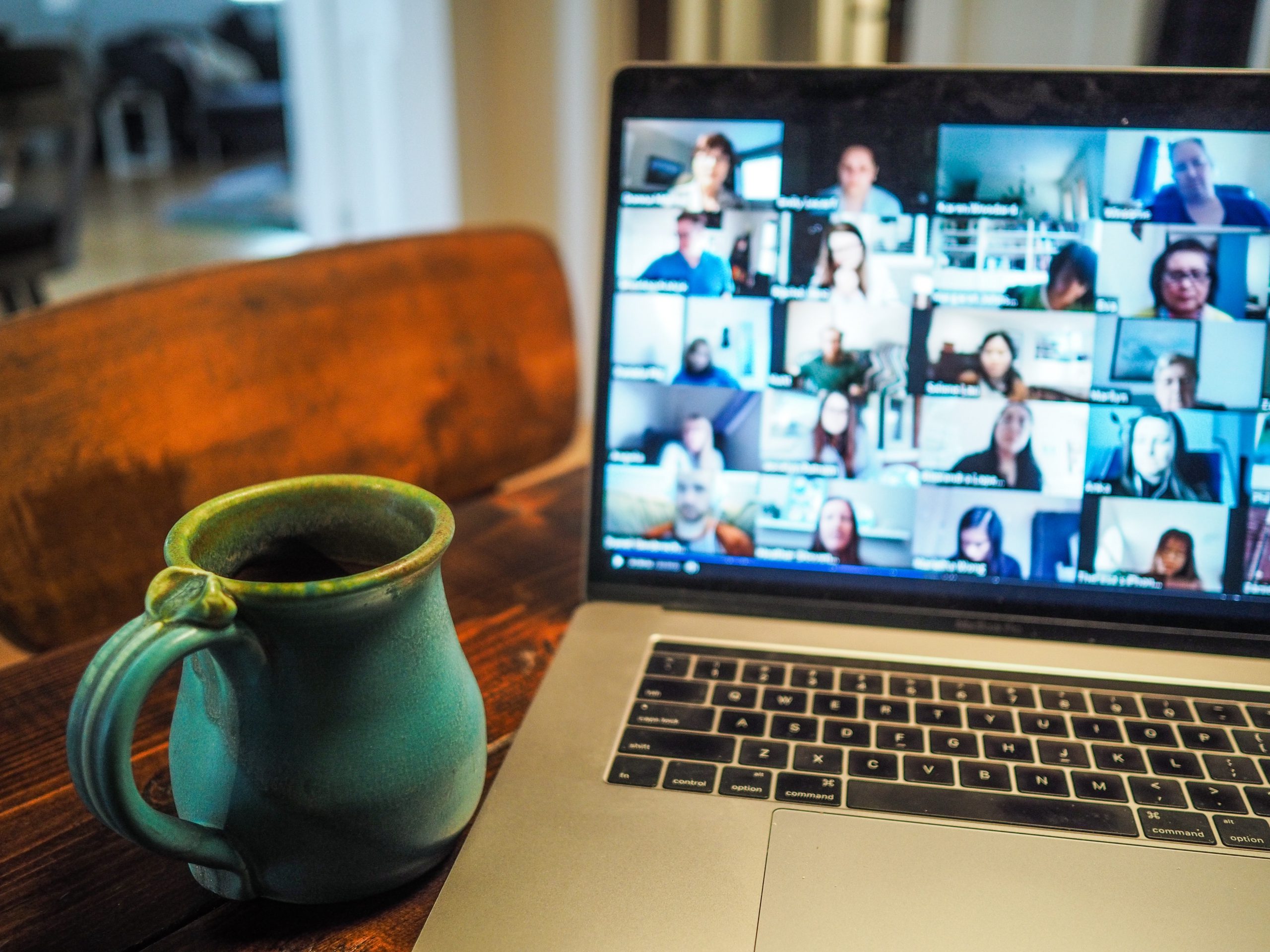Somewhere around the spring of 2020, in the span of just a couple months, thousands of managers, supervisors, team leaders, and CEOs suddenly became experts on managing remote teams. There were blog posts, LinkedIn posts, Facebook posts, and probably more than a few Tik-Tok videos declaring the latest tips and tricks for the newly-minted “WFH” crowd.
For many, remote work is not a novel addition to the professional landscape, in the words of the Mandalorian… “This is the way”. It’s all we’ve known, for years. For me, during my years as a freelancer, I bounced in and out of home office, co-working spaces, and permanent offices. When I grew into a full-fledged agency, we got office space close to home, but that was short lived. As a remote employee of an East Coast based company, I kept an office for a while but ultimately transitioned back to fully working from home (or the nearest coffee shop), then just as I transitioned back into agency life and started looking at office space, COVID-19 came in like a wrecking ball. The good news is, it was an easy step to go remote because we really just had to STAY remote.
With all this experience on our side, how does OT handle remote working, and the challenges that come with it?
- We take the extra time to connect individually. Whether you’re in the same town or across the world, you have to make it a part of your normal routine to connect with your team personally. That means going above and beyond the normal work day… don’t make every interaction about a project update. What we’re trying to do is make up for the lost “passing time”… the times you run into each other in the office kitchen and chat about recent sporting events, the times you stop by someone’s office to ask how their kid is doing in school, and so on. There are so many small interactions that shape the entirety of our workplace relationships and when those are missing you have to seek them out.
- We take the extra time to connect as a team. This requires a willingness to let go of some preconceived notions you might have about “work time” and “leisure time”. Of course you have to maintain your productivity, and meetings should accomplish the objectives set forth in the agenda (you are putting an objective in your meeting agendas, right? And not just meeting for the sake of meeting? Good!). But when the objective is accomplished, go ahead and let the conversation take a turn towards the silly for 10 minutes and yammer about the weather, or whatever, and don’t feel like you’re wasting time. Connecting with each other pays dividends down the road in a team environment.
- We take the time to create in-person connection, where possible. This one is tough, both for safety reasons and for practical reasons. Of course we aren’t advocating that you do anything that you feel uncomfortable with, or makes the team feel unsafe. For our team, we’ve done a few “Mask-and-Meet” events, where we pick a nice weather day, and gather at a local establishment that provides outdoor seating. This isn’t going to be realistic for everyone, and may just have to be on the “we’ll do this later” list. This is also, of course, problematic when you have team in different locations. We don’t have a magic bullet for this… if finances allow it, bringing the entire global team together once a year is a nice idea. It’s also potentially very cost-prohibitive. For our part, OT has chosen a few anchor locations and tried to build local teams. As nice as it is to have people in many different locations, we’ve tried to build smaller teams within the larger unit — we have 2 team members in Costa Rica, and 3 in India, along with our 7 in the Denver area. That does leave a few scattered folks in different locations, which is unavoidable, but the small-team model has helped create some more internal cohesion even when we can’t get the whole team together.
Overall, there isn’t anything groundbreaking here. It’s just a matter of understanding the challenges and potential for personal isolation, and taking specific steps to work against those things. Just like anything else, it’s about intentionality, and doing specific things to help our team feel connected to one another. One thing I can say for my team here at Overtime is that I’ve never had a team that was better connected remotely than this one. Part if it is hiring the right people, that’s true, but a bigger part of it is making personal connections a priority. So while we welcome the coming days when we can work in person more consistently, OT will always be a flexible, distributed workforce that has a blast together, regardless of location.



